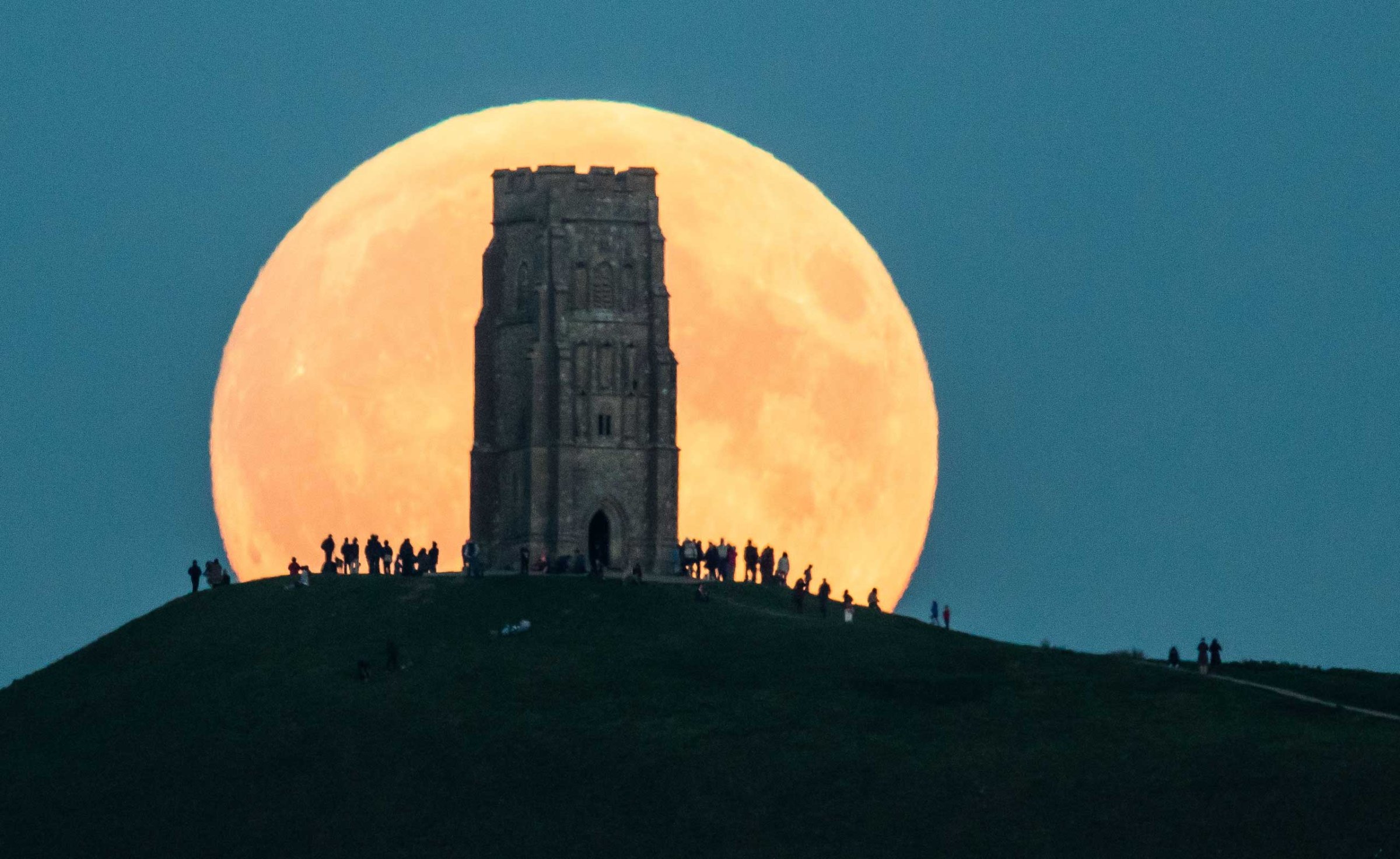
You surely never wished you lived near Glastonbury tor in Glastonbury, England, but after the supermoon eclipse on Sept. 27, that may have changed. This stunning image of the moon at dusk, rising behind the town’s tor—or rocky hill—and its 14th century tower might be the best of what was a very good night for photographers worldwide. In this image, a couple of natural visual tricks were at work.
MORE: See the Entire Supermoon Eclipse in 9 Seconds Flat
For starters, there was the foreshortening of perspective that seemed to flatten the tower against the moon, as if they both stood at the same distance. More important was a trick a rising (or setting) moon (or sun) plays on the eye. The closer either body is to the horizon, the larger it looks, because the familiar buildings, trees and other objects around it provide scale. The higher the moon or sun climbs, the more it seems to shrink in the empty sky. But if you measure the total number of degrees the moon measures in the entire 180-degree, horizon to horizon arc, it’s just one half of one degree—and that’s true whether it’s at the horizon or high in the sky. In the days of the Apollo program, a few of the astronauts dubbed this the “Lovell effect,” after Apollo 13 commander Jim Lovell, who first explained the phenomenon to them.
Whatever the name, during the supermoon eclipse, the cosmic illusion made for an extraordinary image.
See the Best Photos of the Once in a Generation Supermoon Eclipse
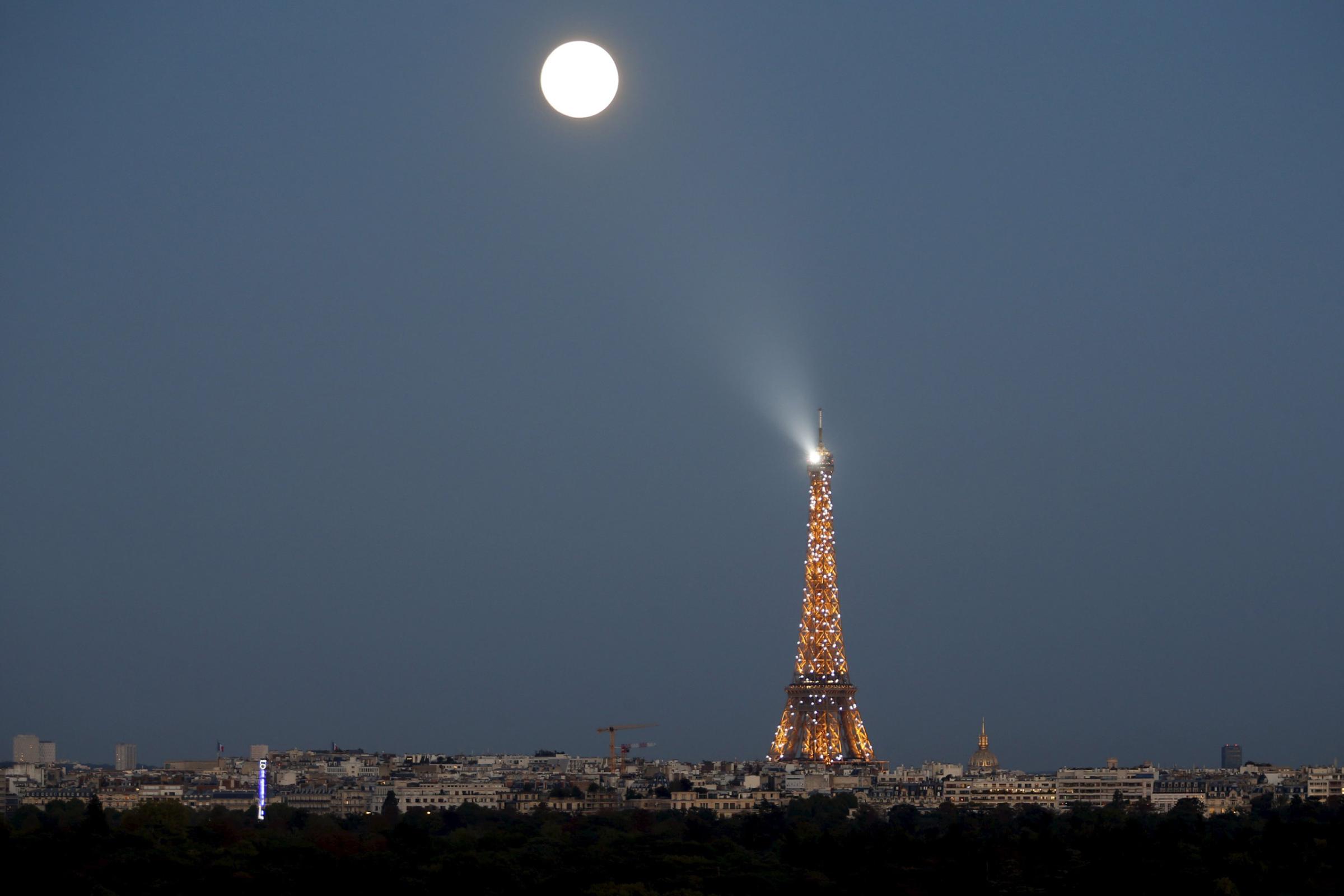
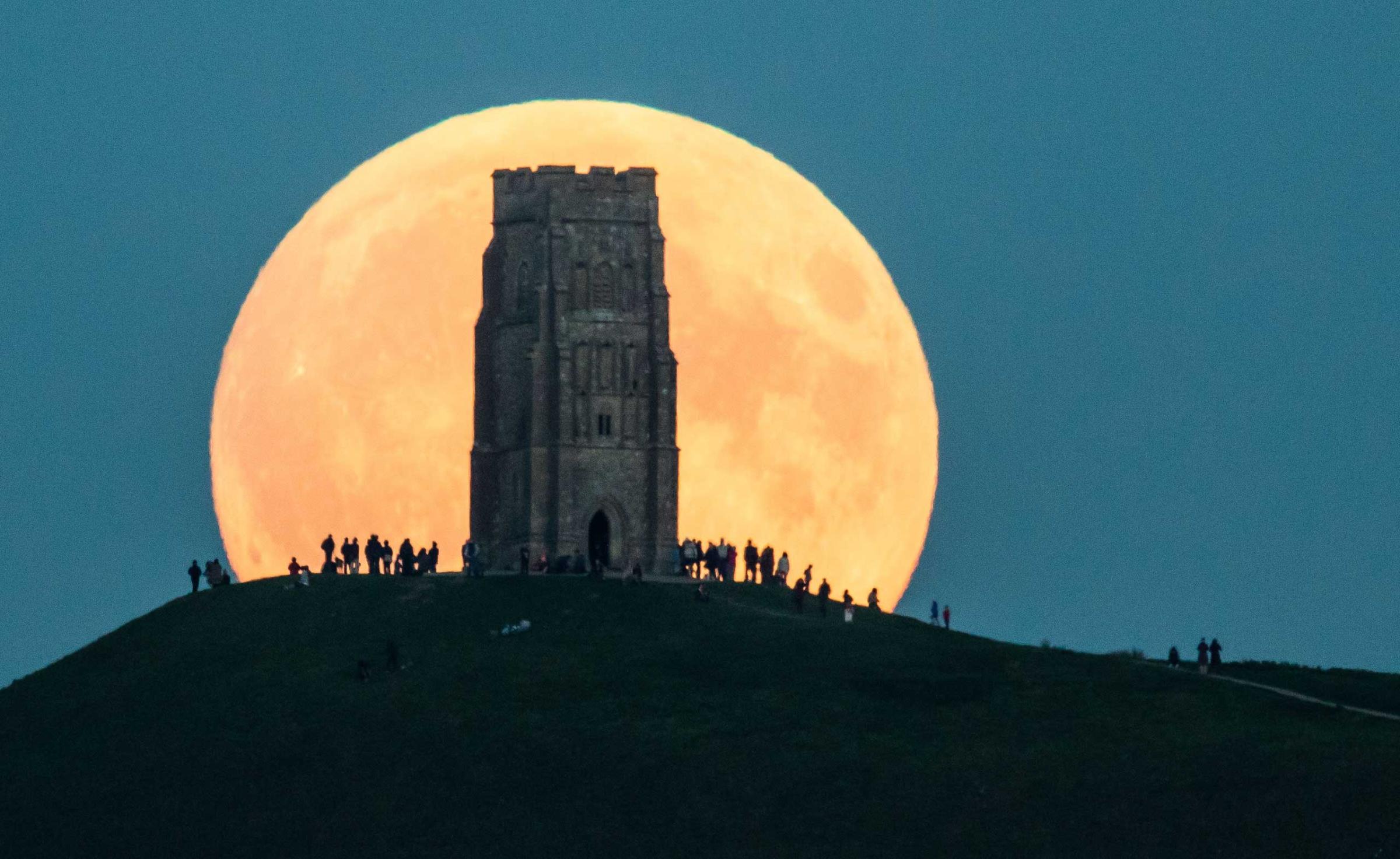
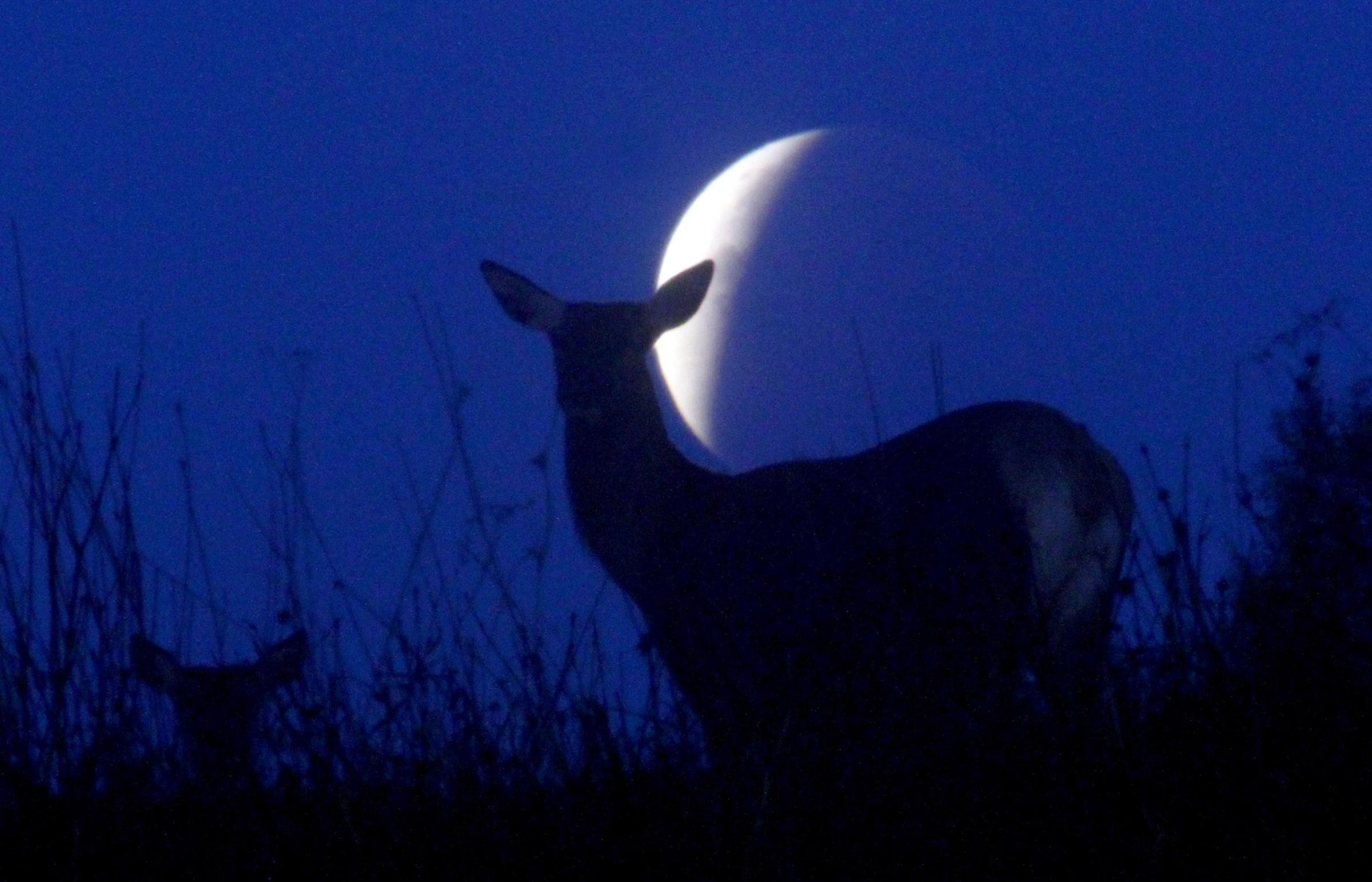
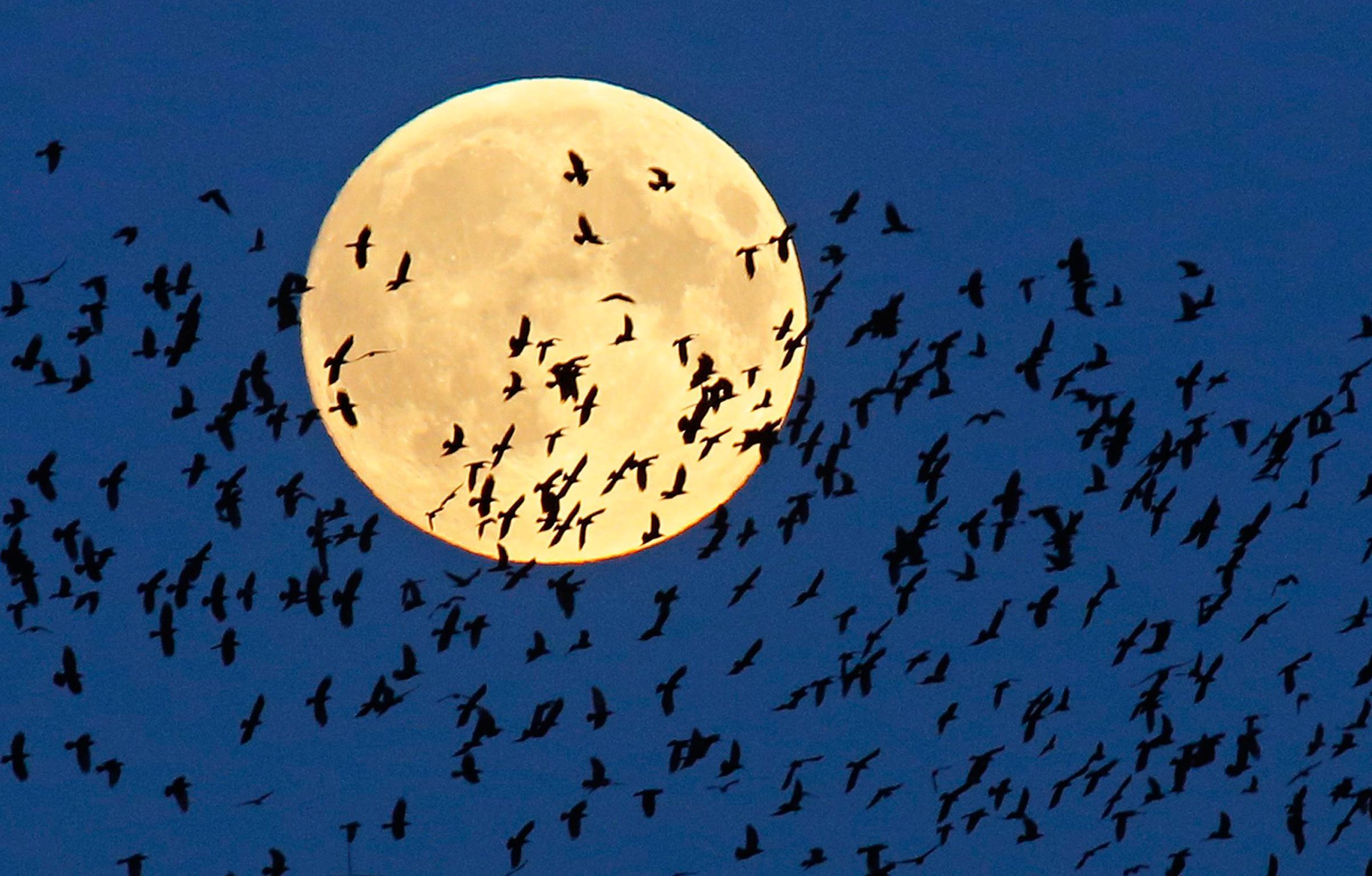
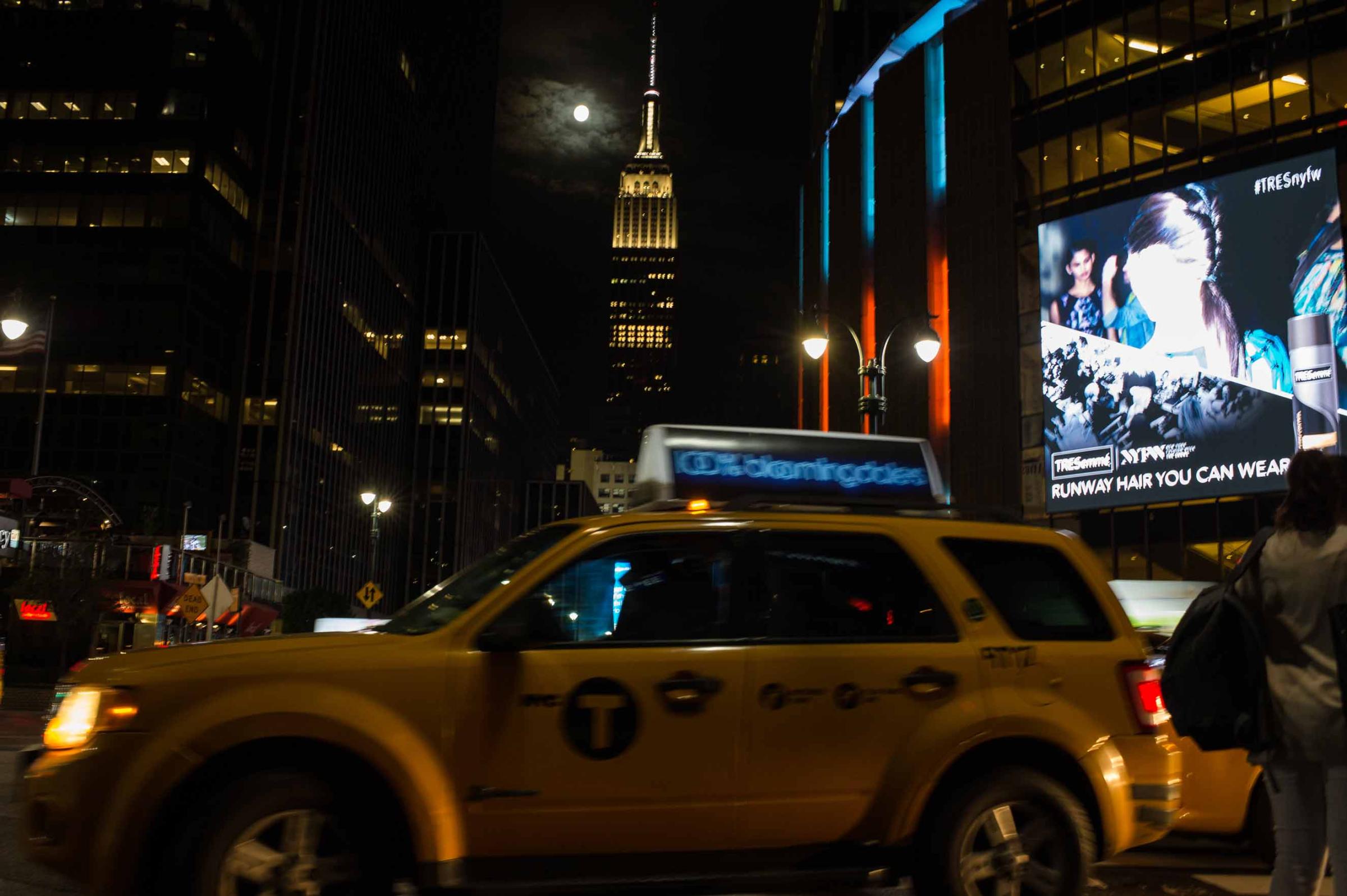
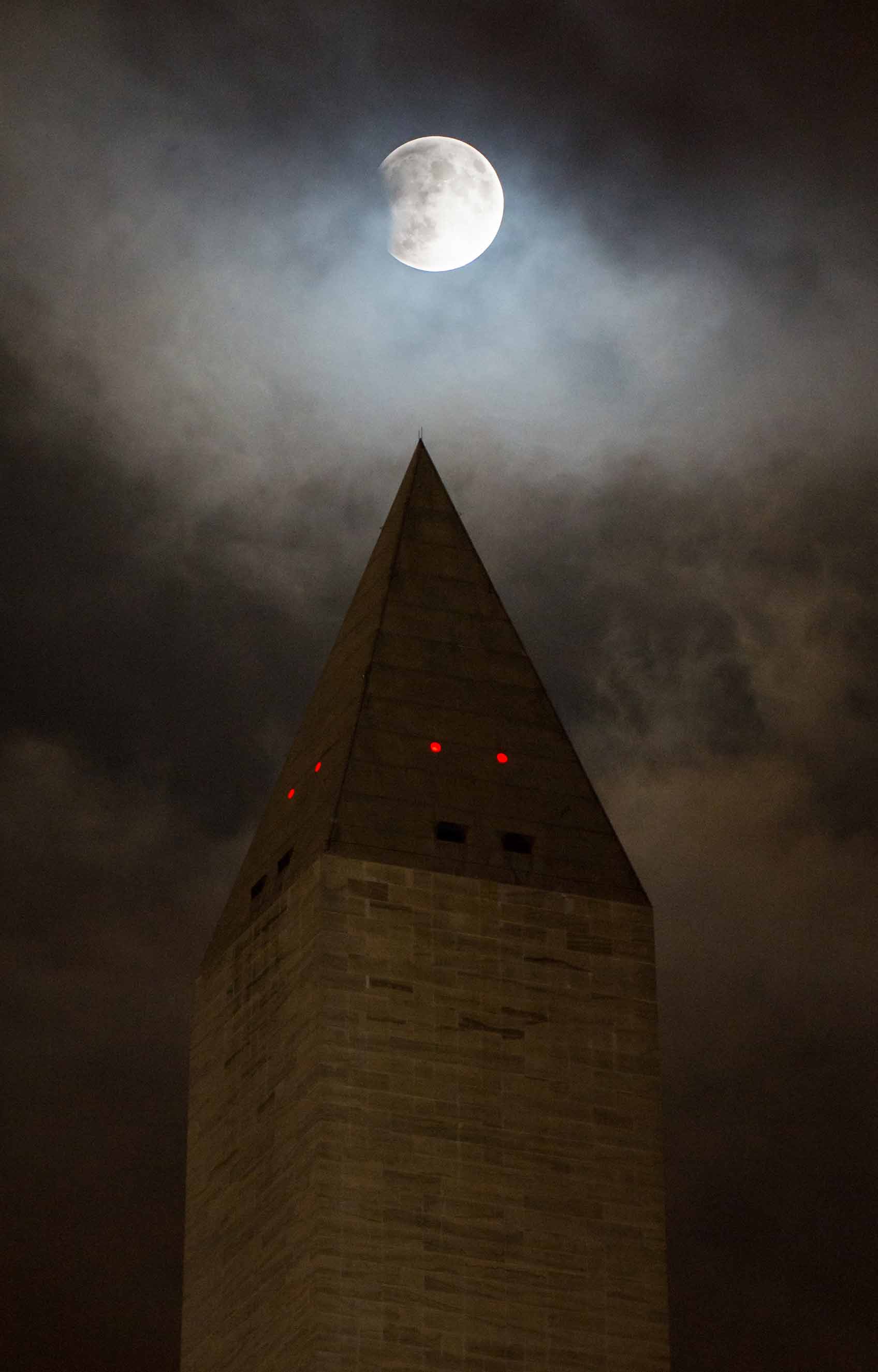
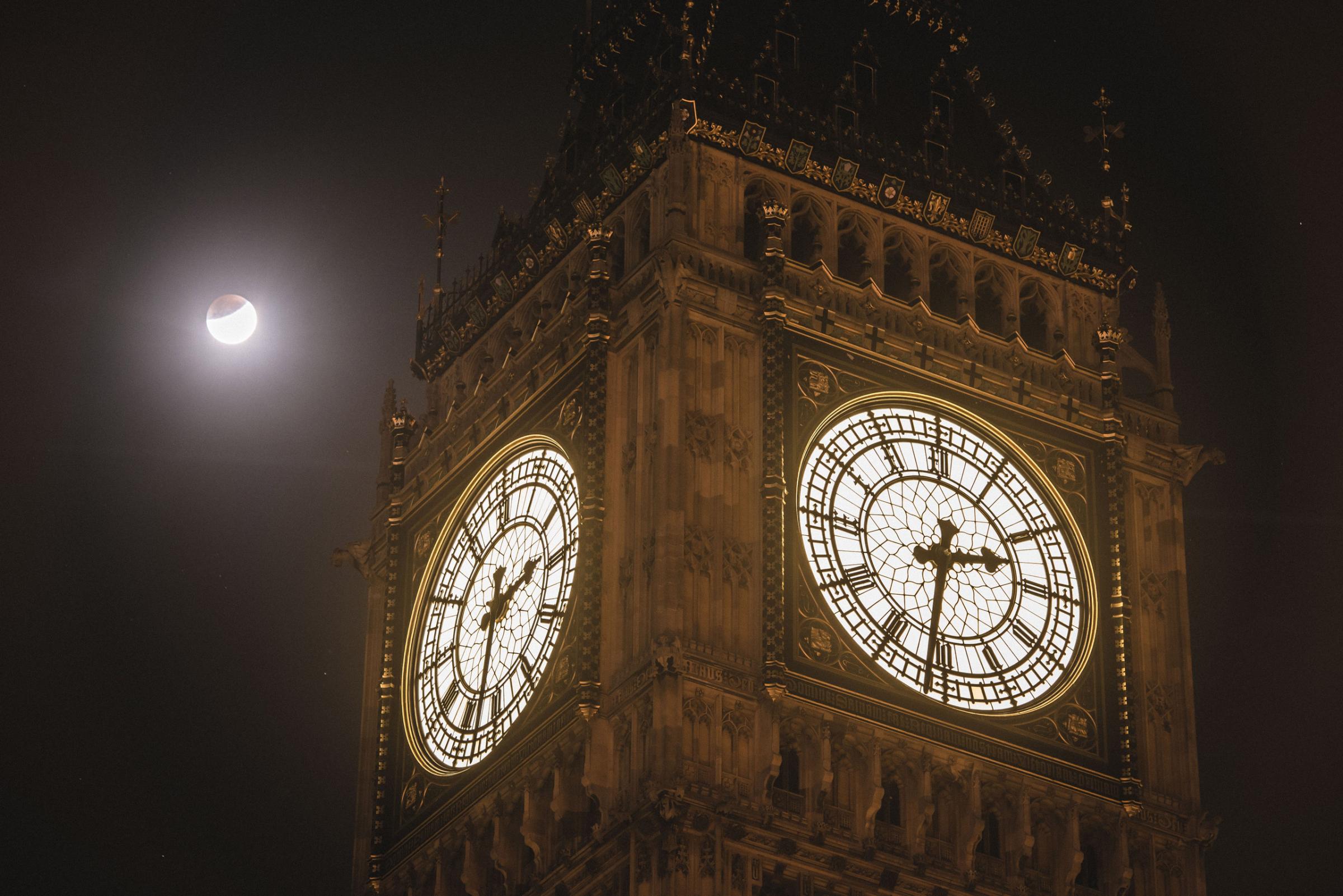
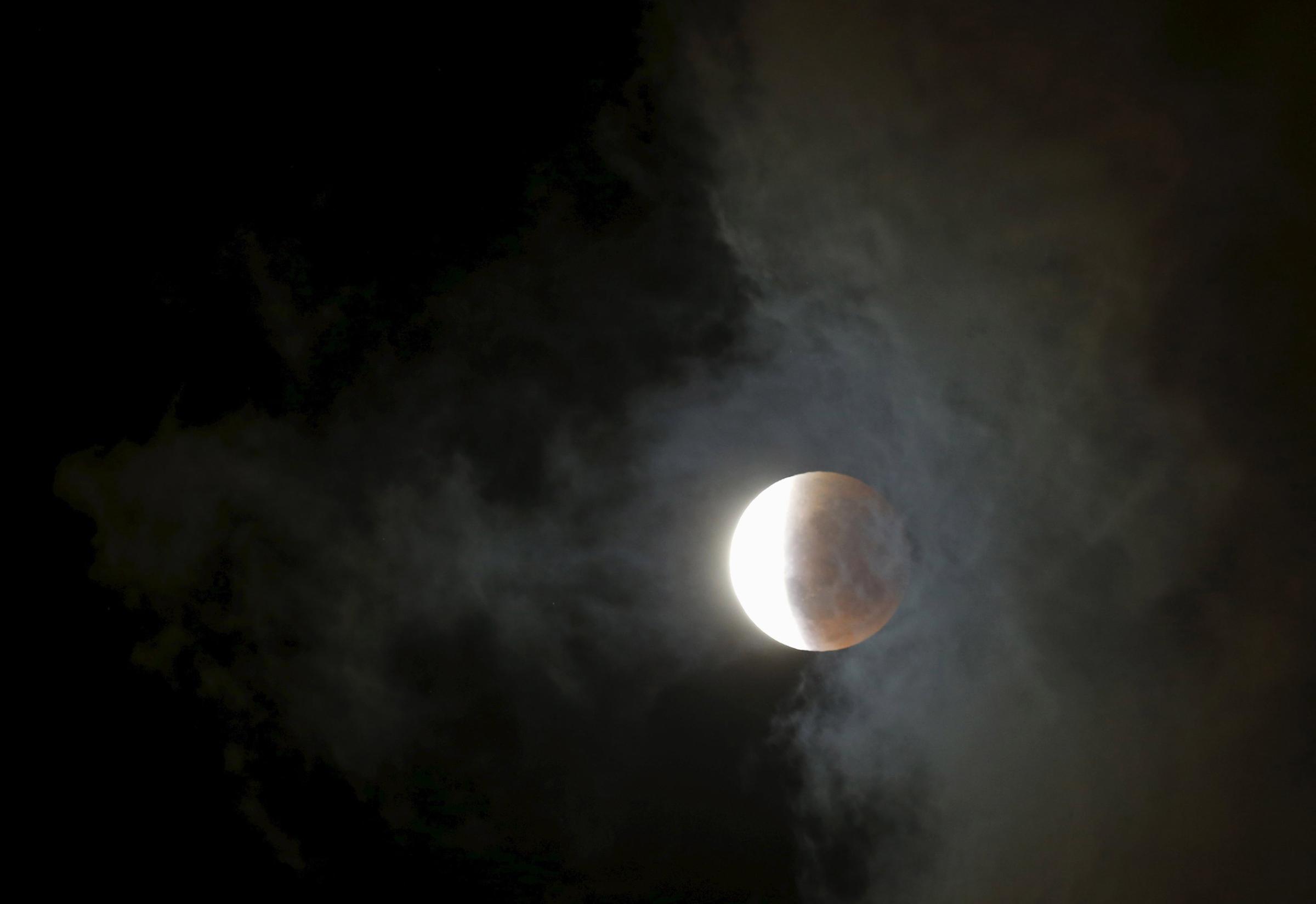
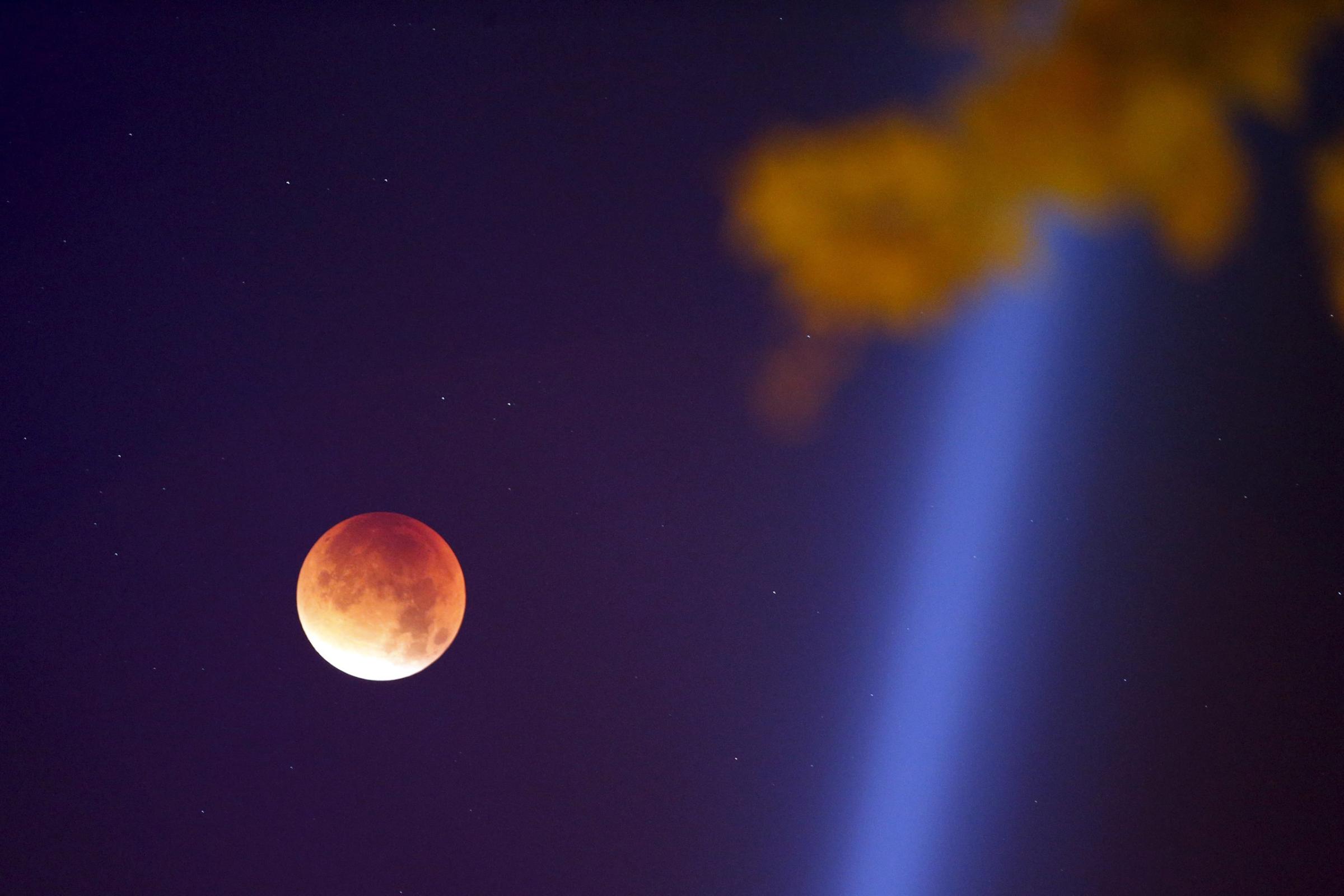
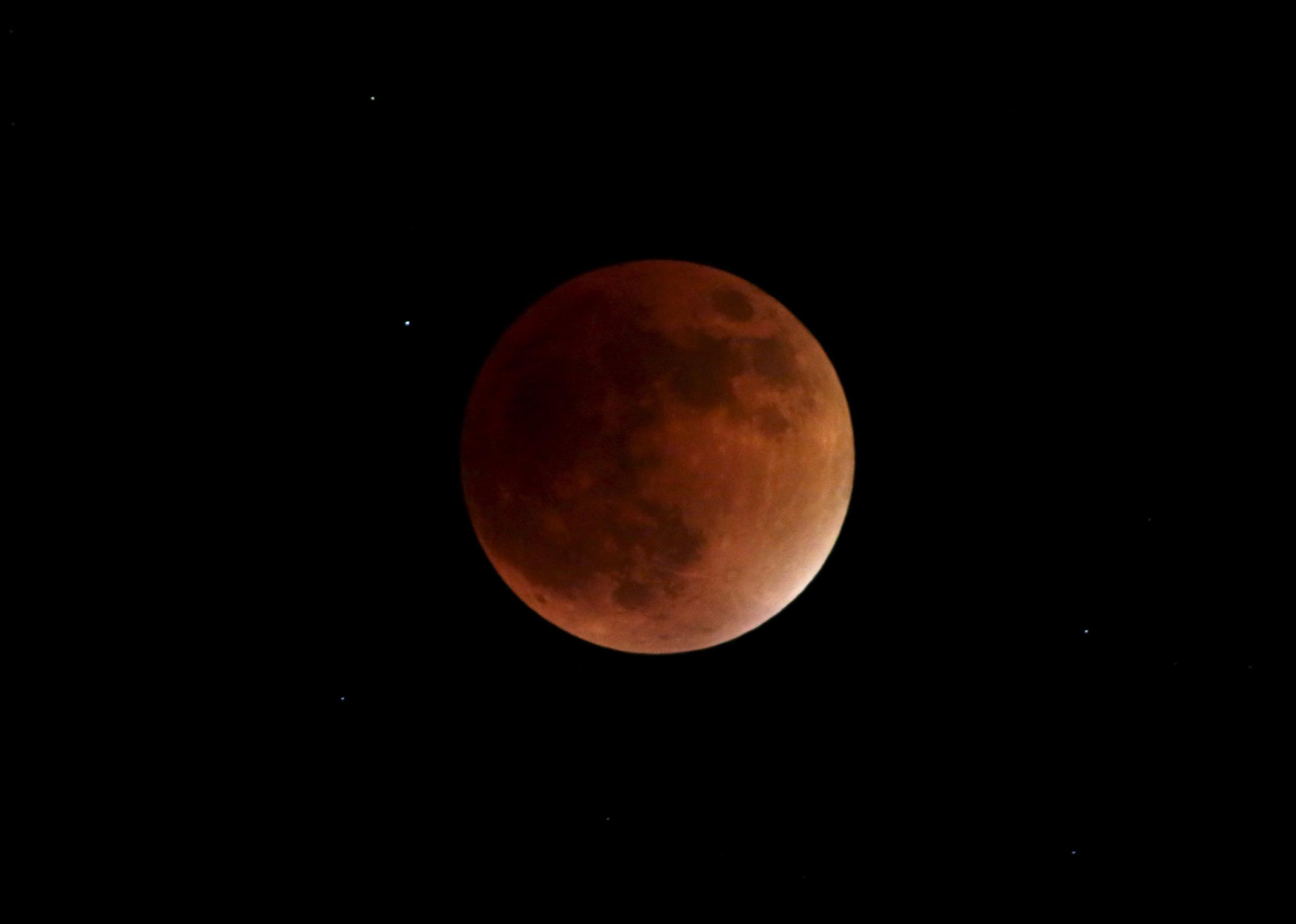
More Must-Reads From TIME
- The 100 Most Influential People of 2024
- The Revolution of Yulia Navalnaya
- 6 Compliments That Land Every Time
- Stop Looking for Your Forever Home
- If You're Dating Right Now , You're Brave: Column
- The AI That Could Heal a Divided Internet
- Fallout Is a Brilliant Model for the Future of Video Game Adaptations
- Want Weekly Recs on What to Watch, Read, and More? Sign Up for Worth Your Time
Write to Jeffrey Kluger at jeffrey.kluger@time.com